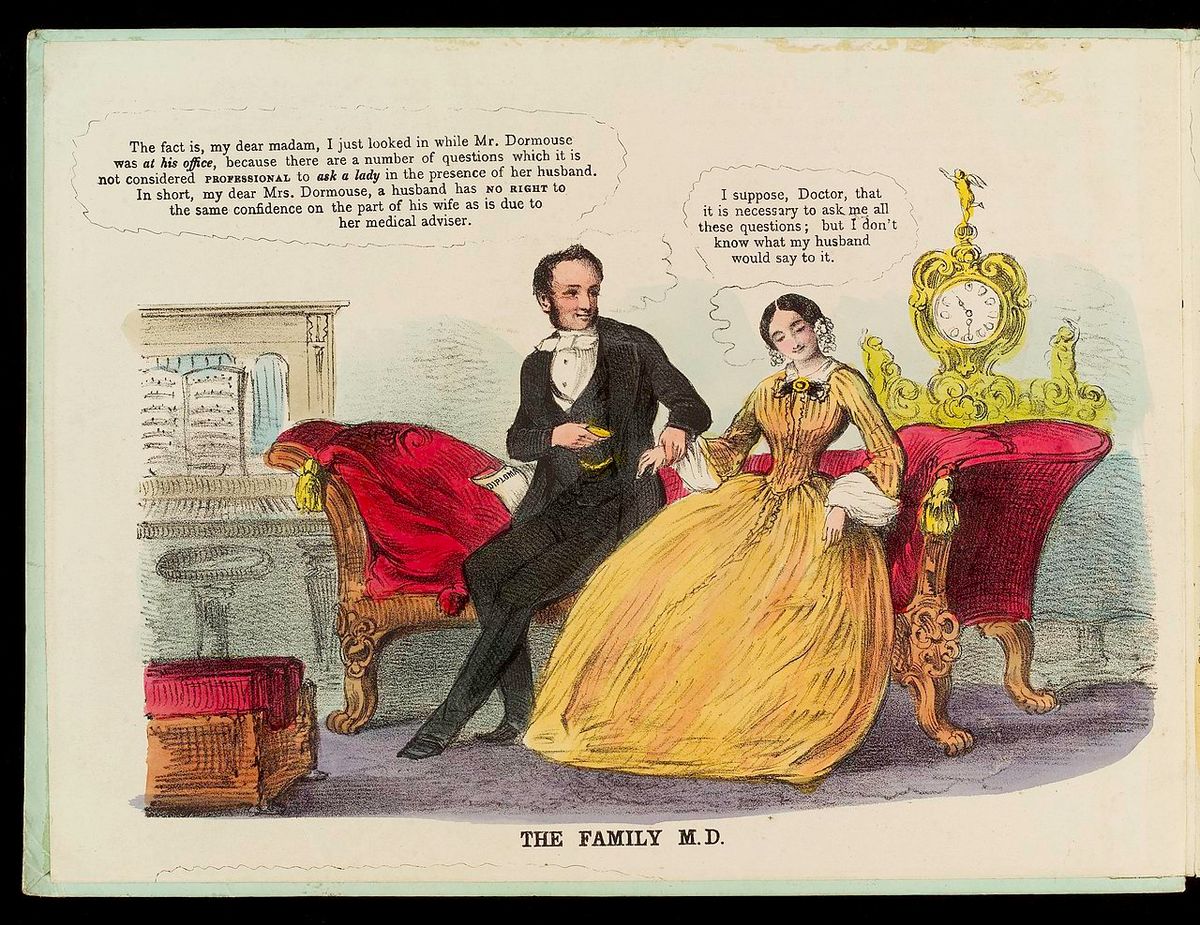The Actual Ubiquity of Gender Affirming Care

Our children are in danger and we need to protect them. There is a crisis in America, it’s bad and it’s spreading. You may have heard of it if you pay attention to the New York Times, the Atlantic magazine, or neo-fascist Matt Walsh. No, it’s not the epidemic of pastors and priests sexually abusing their flocks. No, it’s not the fact that child marriage is still legal in 43 states. No, it’s not the part where one third of pedophiles and rapists are family members of the abused. Rather, it’s trans teenagers asking their friends to call them a new name, or access puberty blockers, or get a prescription for hormone replacement therapy.
This moral panic frames gender affirming care as an issue exclusive to trans people: niche, experimental, untested, demanding. It is the thesis of this article that this is exactly backwards: gender affirming care is universal, pervasive, well-studied, and simple.
Let’s speak hypothetically. You have a daughter. She’s five years old—and puberty just hit. Her breasts are growing, her hips too, she’s started menstruating. This distresses her, it distresses you, you take her to the doctor. No worries: it’s an easy fix. You get a referral to an endocrinologist (or maybe your GP prescribes it right there), and soon enough your daughter has a prescription for a GnRH agonist, which will put these changes on pause until she’s ready for them. The drugs are quite safe—they’ve been used for this purpose since the 1980s.
Another hypothetical. You have a son. He’s hit puberty at the normal age—but there’s something wrong. A gene or two in the wrong place, and his body is pumping out estrogen and very little testosterone. He’s growing breasts. He’s growing hips. His voice is high and girlish. Everyone at school is tormenting him. But don’t worry, your GP tells you: this is another easy fix. The problem of contrasexual puberty has been known about for years, and can be resolved with medications you take at home. He’ll write you a prescription right now, because it’s important to stop these changes immediately, before they go any further. If the gynecomastia—the breasts, that is—don’t resolve themselves, he can refer you to a good plastic surgeon who can trim away that extra fat, no muss no fuss.
This hypothetical is worse. You’re in the sandbox, your APC eats an IED. When you wake up at Walter Reed, you have the singular horror of discovering that your dick got blown off. But don’t worry, the doctor says. We can make a new one for you—it’s a little tricky, of course, but we as a society recognize how important dicks are to men. The surgery is scheduled in six months–that’s how long it takes to grow a suitable skin graft. You’ll also have to take testosterone on a regular basis, which you can inject yourself without too much trouble.
One last hypothetical. Back to your imaginary daughter. She’s always been a bit of a mess, appearance-wise, and not in a cool tomboy way either: she’s just been kind of a slob and a dork. But now that she’s off to high school, she says she wants to clean herself up—get her hair done nicely, and start going by Amanda (“Mandy” is a child’s name, you see), and maybe you could teach her how to put her face on? Or buy some nice clothes? We don’t even need the doctor, this time: you can take her to the hairdresser yourself. And won’t it be nice to finally teach your daughter what you’ve spent a lifetime learning about makeup?
Of course, as you may have gathered, all of these hypotheticals are not at all hypothetical, but quite common. The specifics are varied. The causes of precocious or contrasexual puberty can be genetic, environmental, or just unknown. To take just one common example: polycystic ovarian syndrome, a common cause of hormonal and pubertal disorders, affects between 4 and 20 percent of all women. I spoke above of penile reconstructions; I might also have spoken about breast cancer and breast reconstruction, which is both simpler and more common—more than a hundred thousand such operations are performed in a single year in the United States. The last hypothetical, of course, is too ubiquitous to name or count. It’s just growing up as normal in America. These kinds of treatments are ubiquitous, safe, and provide hundreds of thousands of people with happier, more fulfilling lives every year.
There is, of course, one hiccup. All these hypotheticals end a bit differently if the patient is not a kid with PCOS or CAS or hypothyroidism, but instead a trans kid. To illustrate, let me speak not hypothetically, but from my own experience. When I first realized I was trans, I consulted my insurance—and discovered that gender-affirming care—for trans people specifically—was specifically excluded from coverage. This would change years later, in 2015, after an administrative ruling under the Obama administration. After that, I was required to first see a psychologist, who subjected me to a bizarre and outdated psychological battery—an endless series of questions that were all just paraphrases of “But are you really a man or a woman?” Naturally, I answered “woman,” and was eventually referred to an endocrinologist. Pursuing further treatments required seeing another psychologist (this one skeptical and hostile) for some time, then seeing yet another psychologist, then finally submitting my “portfolio” to a further committee of yet more doctors and psychologists—before finally getting a referral to a surgeon.
Imagine if your daughter was denied medical care for years waiting for doctors and bureaucrats to get over themselves—as all the while a hormonal disorder was every day producing lifelong changes in her body. Imagine watching her classmates receive biologically identical treatments with nothing but a prescription from a GP, while the paper of record publishes handwringing articles about how she’s being rushed into irreversible decisions.
Imagine being the daughter.
This is the reality of trans care in the United States: not children being rushed to experimental treatments, but explicit segregation, discrimination, and the denial of basic care. When a trans kid wants to grow out her hair and change her name, it’s national news. When a cis kid wants to do the same thing, it’s Tuesday. When trans kids want hormone replacement therapy, we call it “gender confirming treatments” and publish article after fretting article about how strange and dangerous they are. When cis kids receive medically identical prescriptions, it’s Tuesday. We don’t even have a name for it. Because what’s normal is invisible.
The question before us isn’t whether we should allow trans kids access to special experimental treatments. The question is whether we enable trans kids to access essential medical care on the same terms we allow cis kids to.
Featured Image is a physician trying to take advantage of a young woman patient




